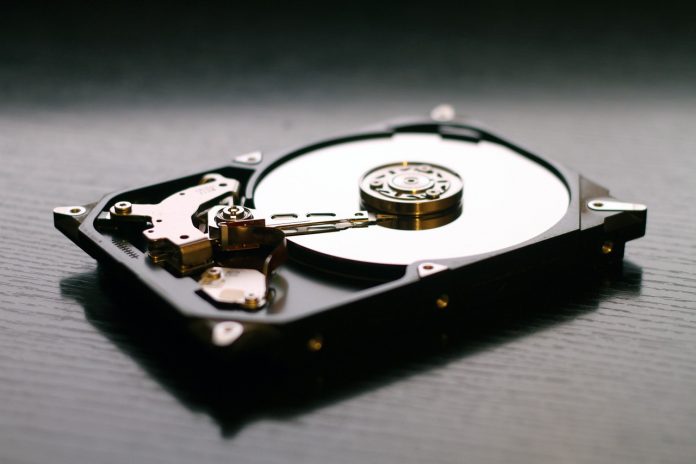Hard drives are non-volatile memory hardware devices that store and retrieve data on a computer. The part that usually stores data in the hard drive is known as the platter. These are non-magnetic circular discs made of aluminum alloy, ceramic or glass. Information is stored on the hard drive in the form of magnetic fields. The tiny magnetic regions on the platter store your data, where each of the regions represents a bit.
A single hard drive, depending on its size in terms of megabytes, gigabytes or terabytes, may contain thousands of files. Deleting files from the computer doesn’t mean that the information is all gone; it still remains in the hard drive. Other information that remains in the hard drive even after deletion includes old email messages and all your online activity. This is why it’s very important for you to ensure that you dispose of a damaged hard drive the correct way. This helps prevent vital information from falling into the wrong hands. Once damaged, a hard drive may be deemed useless but not worthless. You may still want to recover some of your most vital data files from the drive but you don’t know how to go about it. Here are 4 things to do if your hard drive is damaged and you’ve already retrieved your vital files or you have a backup elsewhere.
1. Overwriting
This involves using a disc wiping software that replaces information on the hard drive with patterns of meaningless characters. It’s important to ensure that the disc wiping software is compatible with your hard drive. Overwriting is not a one-touch method; it is time-consuming and it’s important to also ensure that it’s done securely and by the right person.
2. Crushing
The only idea that may pop into someone’s head when this term is applied in our topic is that of using a sledgehammer to pound on the hard drive. It may work, but then again, you want to ensure that the hard drive is utterly crushed and all the parts are in pieces. One way to do this effectively is to subject the hard drive to extreme pressure. This can be done by using a conical steel punch or anything else that uses the same mechanism.
3. Degaussing
This is a method that involves removing all the magnetic field energy from the hard drive. This may be the most effective method of erasing information from a hard drive. However, it will also depend on the type of hard drive. This helps determine the right intensity of magnetic power to be used.
4. Shredding
This method completely rips the hard drive into shreds. This method is essentially the same as a paper shredder. The machines used to shred hard drives are more robust as they destroy hard drives into tiny pieces. It, therefore, becomes impossible to retrieve information from the hard drive because the drives are shredded into tiny strips. The shredders used are also ideal for destroying other data storage equipment, cell phones and electronic organizers.
Before you completely destroy your hard drive, you may need to first try to recover some data. This is in the case of sensitive information or files that you may still need. But one thing is for sure; your data may end up falling into the wrong hands if you don’t properly destroy and dispose of the hard drive. This brings in the importance of seeking help from a reputed hard drive destruction service.
Find a Home-Based Business to Start-Up >>> Hundreds of Business Listings.

















































